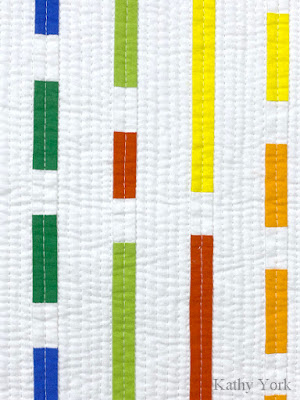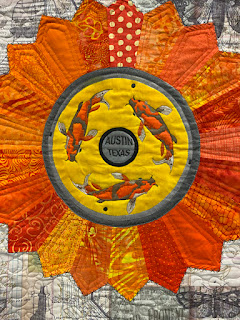What's Next
64.5" x 64.5"
This one gave me a perfect distraction and escape this last year while taking care of my mother. It was one of those projects that you could work on for just a few minutes a day, and still feel like you were making progress. I wanted something big and modern for the wall in my studio, and this looks WONDERFUL there!
The sections represent different stages of my life. I am wondering what is next in my life as I navigate a world without my mother. The grief so far has been hard to bear, it just leaks out unexpectedly. However, if I were to guess, when more time has passed, I think my next stage will have some joy, as that is part of who I am.
The sections represent different stages of my life. I am wondering what is next in my life as I navigate a world without my mother. The grief so far has been hard to bear, it just leaks out unexpectedly. However, if I were to guess, when more time has passed, I think my next stage will have some joy, as that is part of who I am.
I usually start with a color palette. This got me into some trouble because I originally started with the idea to change the color palette for each section. I ended up hating what I was making, so I stripped out the inner corner, and decided to stick with the original color palette for the entire quilt. I kinda love the new inner corner now. Perfect!
In the beginning I was cutting individual pieces of fabric and stitching them together.
By the time I got to the very tiny piecing of the outermost section, I decided to change my process and sew long strips together, cut them into chunks, and then sew those chunks together. It was much easier!I also have to laugh at myself because of my quality check. If my work looks good next to my Unikko mug, then my quality of design must be good enough!! Ha ha! I call it the Marimekko test!Yep, it passed this time!




















































